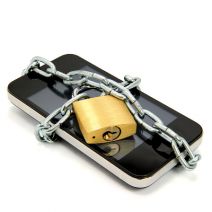iPhone users should be aware that, should you encounter a pop-up that reads “Your Apple iPhone is severely damaged”, you don’t need to be concerned—beyond the concern you’d have for any other threat, that is. This pop-up is just a recent iteration of a common phishing scam that aims to fool people into downloading apps that enable hackers to access personal information.
Network Synergy Blog
If you use an iPhone, iPad, or any other Apple device, you’ve probably used iMessage. iMessage is the popular built-in messaging app. It’s Apple’s version of the text message, but it’s packed with great features that iPhone users have grown very fond of. We looked around online for ways to access your iMessage in Windows, but only found workarounds that compromise your security.
We’re going to discuss these workarounds, but we highly recommend you do NOT attempt them. These are two of the most common procedures people have come up with to try to get iMessage to work on a Windows 10 PC, but both put you at a security risk.












